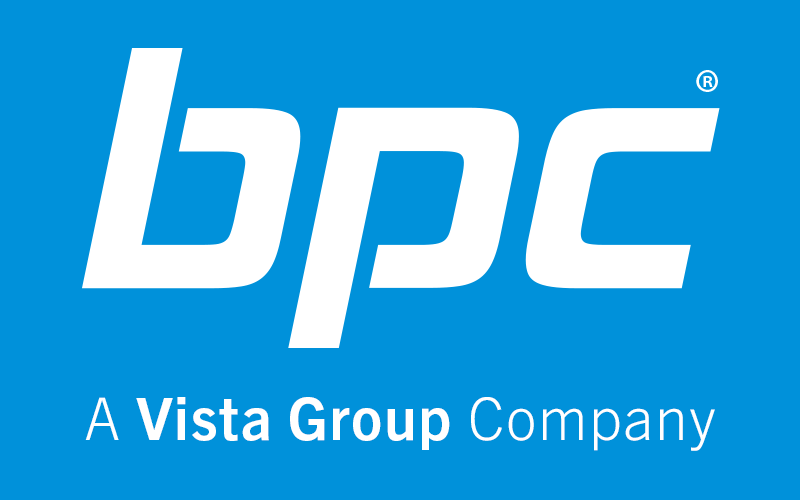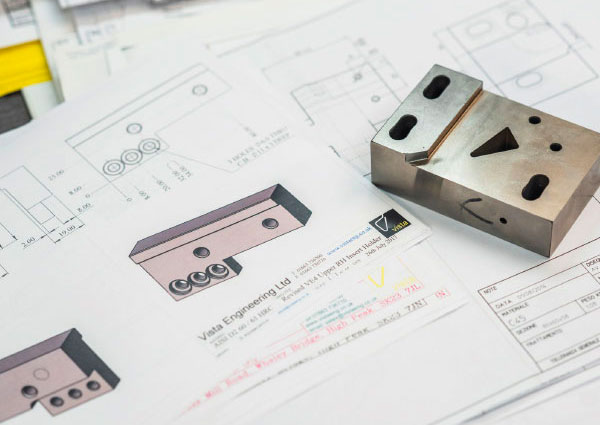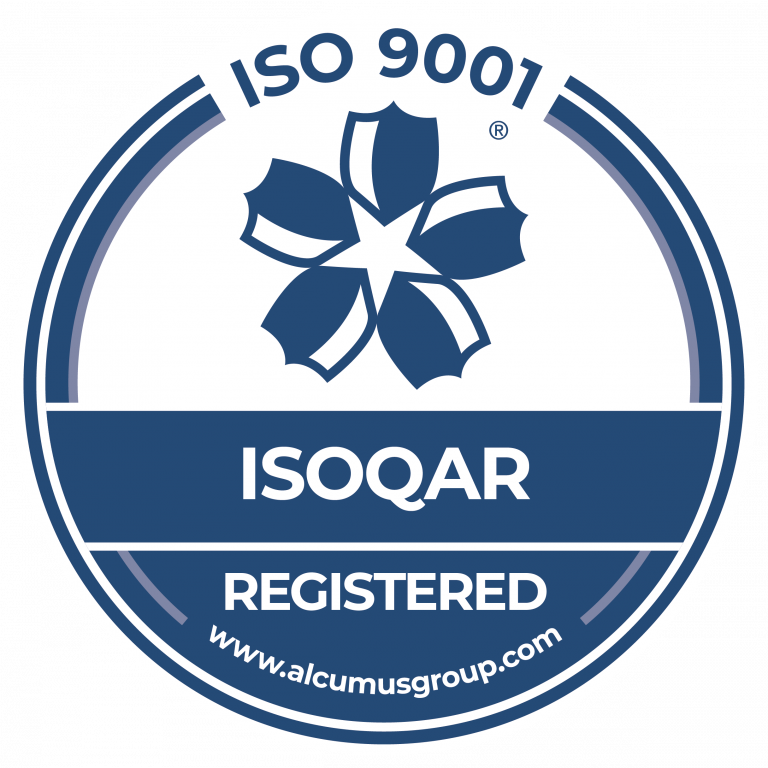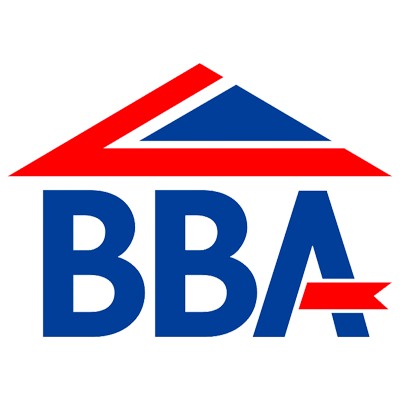Expansion Joints
At horizontal movement joints support angles are used to support the masonry thus allowing the movement joint to expand and contract as necessary. BS5628: Part1 recommends that the external leaf should be supported at intervals of not more than every third storey or every 9m, whichever is less. However for buildings not exceeding four storeys or 12m in height, whichever is less, the outer leaf may be uninterrupted for its full height.
Support angles can be designed for walls with cavities larger than 50mm but the VESS Support System is usually a more economical option.
Vista design each system separately ensuring the most cost effective solution is achieved for any given criteria. The angle design itself is dependent on load, cavity, fixing type and the support level position.
Connections
When fixing back to concrete frames cast-in channels used in conjunction with T-Head bolts offer the greatest flexibility with adjustment both horizontally and vertically. Expansion and chemical anchors are also widely used.
For steel frames isolated setscrews are used to fix back to universal beams and channel sections in the case of universal beams additional plates or cleats are usually required between the flanges at the fixing positions. G.A. offer a drawing layout service detailing the required fixing positions enabling the steelwork to be shop fabricated. When fixing back to hollo-sections H.S. bolts are used.
Corrosion
Bi-metallic corrosion may ocur when dissimilar metals are in electrical contact in a common electrolyte eg rain, condensation.
If current flows the less noble metal (anode) corrodes at a faster rate. In the case of stainless and carbon steel being in contact the carbon steel is the anode and would therefore corrode at a faster rate than normal. The increased rate of corrosion would depend on a number of factors ie, the relative areas of contact, temperature and the electrolyte and is difficult to predict.
The risk of bi-metallic corrosion can be prevented by isolating the metals from each other eg gaskets/painting contact surfaces or by excluding water from the contact areas this is achieved by painting over the assembled joint.
Applications
Material selection is an important stage of the design process with the environment, material properties, design life, fabrication and cost major factors amongst others that should be considered.
Most G.A. support systems are manufactured from grade 304 stainless steel which is considered suitable for most construction fixing applications. Systems in grade 316 stainless steel can also be manufactured for more corrosive environments such as coastal and heavy industrial sites.








